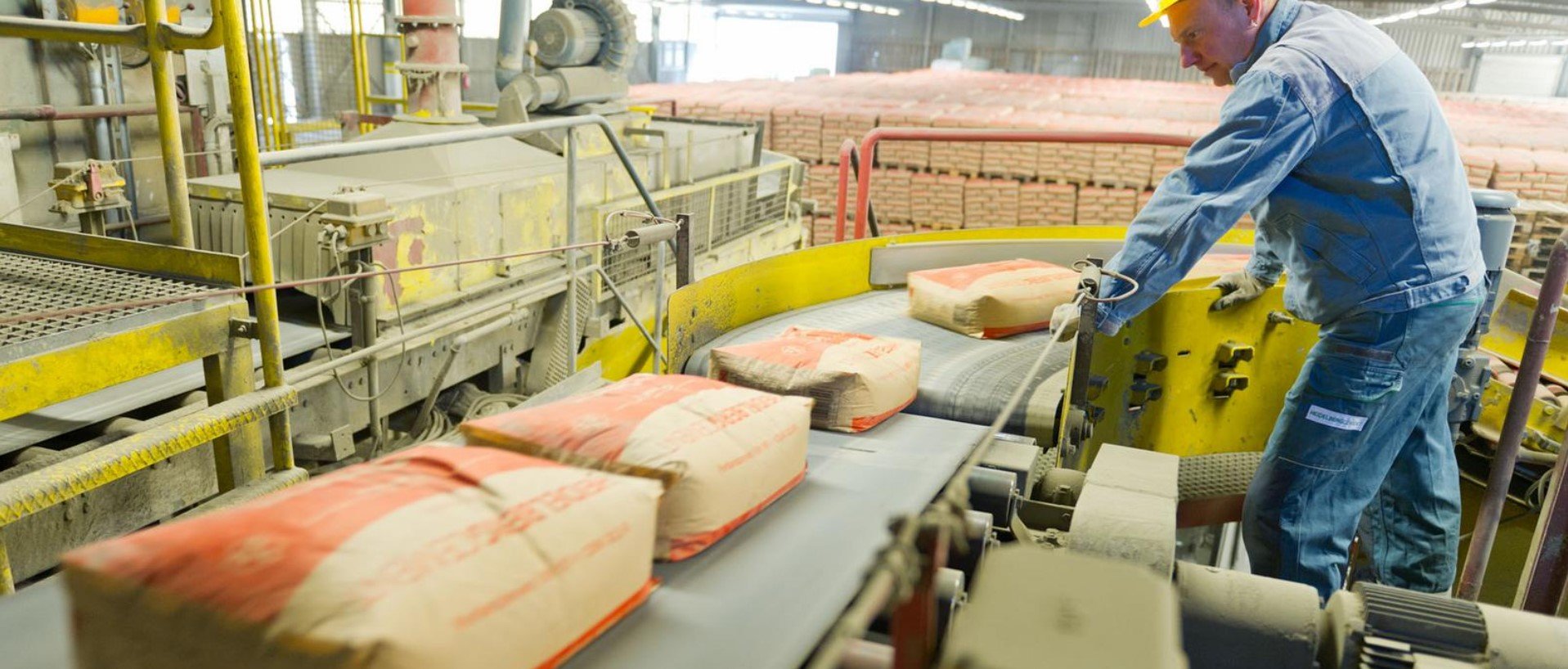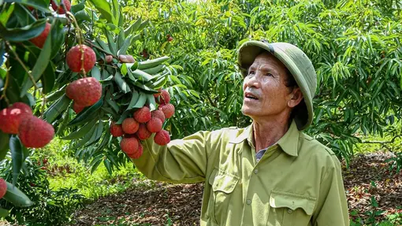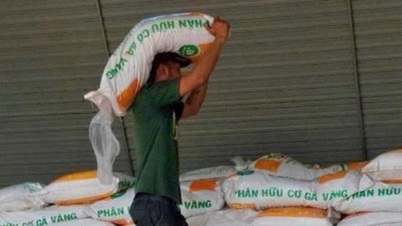On December 13, 2022, the European Union (EU) announced that it will implement the Carbon Border Adjustment Mechanism (CBAM). Accordingly, all goods exported to this market will be subject to a carbon tax based on the intensity of greenhouse gas emissions in the production process in the host country.
CBAM aims to address the issue of carbon leakage when companies move production to non-EU countries with less stringent environmental regulations to avoid paying higher costs for their carbon emissions, thereby gaining a competitive advantage.
Similar to the European Union Emissions Trading System (EU ETS), this EU mechanism also requires importers to purchase carbon allowances to cover emissions associated with the production of imported goods.
Local impact
With the ultimate goal of reducing greenhouse gas emissions, CBAM is considered an opportunity for Vietnam to achieve its goal of bringing net emissions to zero. However, applying this mechanism may bring many challenges for Vietnam.
In the first years, only the most carbon-intensive products will be subject to the CBAM mechanism, including cement, steel, aluminium, fertilisers, hydrogen and electricity. These products account for 94% of industrial emissions in the EU.

Mr. Ayumi Konishi, former Country Director of the Asian Development Bank in Vietnam, chaired the dialogue.
However, in the long term, if CBAM expands to other industrial sectors to track the “carbon footprint” of all production activities while Vietnam’s trading partners adopt similar mechanisms, this will be a significant threat to the country’s export industries.
This is the information shared at the 20th dialogue session of the Vietnam Institute of Industry and Trade Policy and Strategy (VIOIT) under the Ministry of Industry and Trade with the topic "How can Vietnam make the best use of the CBAM mechanism?".
At the dialogue, a representative of the Energy Transition Partnership (ETP) shared a study showing that iron and steel is the industry that will be most heavily affected by CBAM, followed by aluminum, fertilizer and cement, in terms of export value to the EU.
If Vietnam fails to act promptly, CBAM could cause Vietnam's total exports to the EU to decrease by 3-5%, thus affecting 1% of the country's GDP.
Although the impact on Vietnam’s economy as a whole is negligible, this could have a heavy impact on businesses. For example, this tax could account for up to 20% of the cost of steel products exported to the EU when the CBAM comes into full effect, the representative said.
The consequences of this problem are Vietnam's competitiveness and export output, as well as heavy losses for export enterprises.
Carbon Reduction Roadmap
Despite the impact, ETP's survey shows that very few organizations or businesses in Vietnam have a deep understanding of CBAM. Therefore, ETP recommends that Vietnam needs to do better in disseminating knowledge to businesses. In this situation, VIOIT representatives have made a number of recommendations to minimize the impacts of CBAM.
Firstly, the Vietnamese Government needs to study the impacts of CBAM on the economy in general as well as producers and consumers in particular, thereby proposing methods to minimize the impacts of this mechanism, and at the same time develop a plan to reduce CO2 emissions for each industry and product.
Second, develop a domestic carbon market and build a carbon tax policy in Vietnam, assess the feasibility of this policy, and then determine a roadmap for applying this tax policy in Vietnam.

Cement, steel, aluminum, fertilizers, hydrogen and electricity account for 94% of industrial emissions in the EU. Photo: DW
Third, simplify the procedures for receiving and reporting emissions data, and encourage companies to adopt strategies and action plans to “cope” with CBAM.
Fourth, guidance for businesses on carbon emission certification, how to report carbon data to relevant authorities, how to conduct research and apply carbon pricing tools, and how to apply the European ETS system to the production process.
It is expected that 27 EU member states will start piloting CBAM from October 2023. During the transition period from October 1, 2023 to the end of 2025, importing enterprises will have to report the emissions contained in imported goods according to CBAM regulations but will not have to pay any fees.
Once the system is fully operational in 2026, EU importers will be required to annually declare the quantity and emissions of all goods they imported into the EU in the previous year and submit the corresponding number of CBAM certificates .
Nguyen Tuyet
Source


![[Photo] General Secretary concludes visit to Azerbaijan, departs for visit to Russian Federation](https://vphoto.vietnam.vn/thumb/1200x675/vietnam/resource/IMAGE/2025/5/8/7a135ad280314b66917ad278ce0e26fa)
![[Photo] National Assembly Chairman Tran Thanh Man chairs the meeting of the Subcommittee on Documents of the First National Assembly Party Congress](https://vphoto.vietnam.vn/thumb/1200x675/vietnam/resource/IMAGE/2025/5/8/72b19a73d94a4affab411fd8c87f4f8d)

![[Photo] President Luong Cuong presents the decision to appoint Deputy Head of the Office of the President](https://vphoto.vietnam.vn/thumb/1200x675/vietnam/resource/IMAGE/2025/5/8/501f8ee192f3476ab9f7579c57b423ad)
![[Photo] Prime Minister Pham Minh Chinh meets with the Policy Advisory Council on Private Economic Development](https://vphoto.vietnam.vn/thumb/1200x675/vietnam/resource/IMAGE/2025/5/8/387da60b85cc489ab2aed8442fc3b14a)
























































![[Photo] Prime Minister Pham Minh Chinh talks on the phone with Singaporean Prime Minister Lawrence Wong](https://vphoto.vietnam.vn/thumb/402x226/vietnam/resource/IMAGE/2025/5/8/e2eab082d9bc4fc4a360b28fa0ab94de)


































Comment (0)